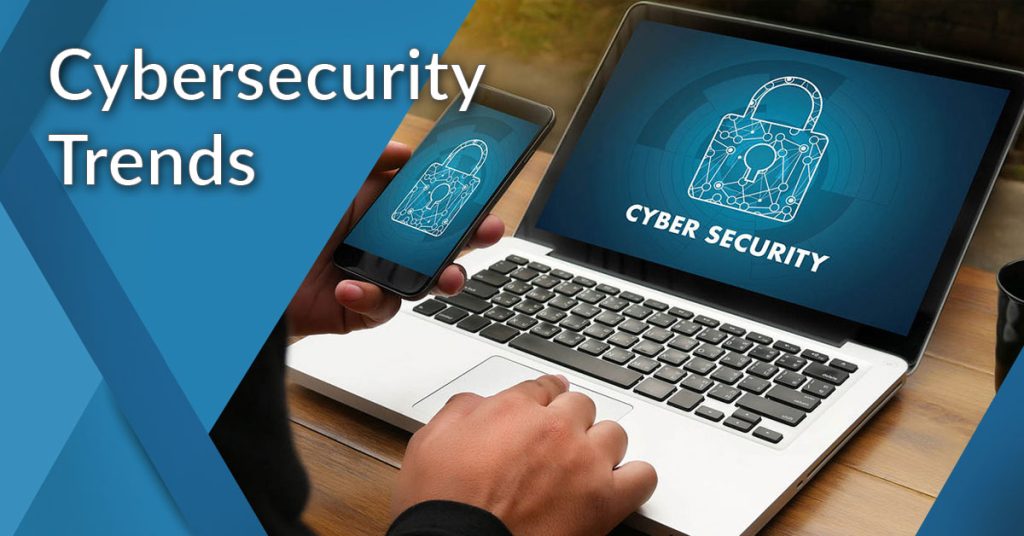In 2023, the following trends will impact the cybersecurity landscape:
With ongoing technological development, it is expected that the cybersecurity scene will change more quickly than before. As individuals try to acclimate to the new “normal,” hackers are working round-the-clock to overcome cybersecurity measures. According to Cybersecurity Ventures, cyberattacks are the type of crime that is expanding the quickest on a worldwide scale, and by 2025, we anticipate that they will cost the world about US$10.5 trillion annually. Because of the threat that has been anticipated in numerous cybersecurity studies, we need to comprehend the key trends and predictions that will allow businesses to improve their cybersecurity. To improve cybersecurity literacy, keep an eye out for the following trends:
Quick Links
Attacks on the Supply Chain
“In my viewpoint, attacks on the supply chain are increasingly in demand by hackers. Hackers are aware that third-party software used by huge corporations is less secure than these large organizations, and that third-party software may be easily exploited and utilized to get access to more illustrious companies” Frederic Linfjärd, Director at Planday. The Solar Wind assault and the Kaseya Ransomware incident, where hackers utilized a third-party software channel to infiltrate business systems, are two of the most major attacks in recent years.
Smartphones are the new target
In 2019, mobile banking malware or assaults are expected to expand significantly (by 50%), making our portable devices a possible target for hackers. ” I am certain that we are more at risk from all of our images, financial transactions, emails, and communications. In 2023, cybersecurity trends could pay particular attention to smartphone viruses or malware” Adam Crossling, Manager at Zenzero
Potential of Artificial Intelligence (AI)
“With the introduction of AI across all market sectors, this technology in conjunction with machine learning has significantly altered the cybersecurity industry. The development of automated security systems, natural language processing, facial identification, and autonomous threat detection has all benefited greatly from AI. However, it is also used to create clever malware and assaults that get through the most recent data security mechanisms.” Holly Cooper, Manager at LUCAS PRODUCTS & SERVICES
Exploiting Remote Workers
Nely Mihaylova, Editor at UNAGI Scooters, “Since the pandemic, I believe the majority of businesses have shifted to remote working arrangements, and VPNs have emerged as the go-to method for tying together corporate networks. To obtain access to corporate networks and further profit through lateral movement attacks, hackers took use of VPN security gaps.”
One of the major cyberattacks of 2021 supports the statement, the Colonial Pipeline assault, was made possible by the exposure of a VPN password used to access the corporate server. This allows hackers to grab 100 bytes of data.
Potential Vulnerability of Cloud
“Since the majority of enterprises are now set up on clouds, security measures must be constantly reviewed and updated to protect the data from leaks. Although cloud programs like those from Google or Microsoft are still well-equipped with security on their end, a large source of incorrect mistakes, dangerous malware, and phishing assaults comes from the user end” Marie Ysais, founder of Ysais Digital Marketing
Ransomware Attack
“From where I see it, targeted ransomware is another significant cybersecurity trend that has always existed. Targeted ransomware is something we just cannot ignore. Industries, particularly those in industrialized countries, rely largely on certain software to carry out their everyday operations.” Ben Flynn of Manhattan Tech Support
These ransomware attacks have more specific targets, such as the well-known “Wanna Cry” attack on Scottish and English National Health Service hospitals that compromised over 70,000 medical equipment.
Data Breaches
Patrick Johnson, Owner of C&H Essentials “Organizations all across the world will continue to prioritize data. Protecting digital data is now the main objective, whether for an individual or a business. Any tiny defect or flaw in your computer’s software or browser might provide hackers access to your sensitive data.
Insider Threats
We have all heard the adage “to err is human.” Data breaches are still frequently caused by human mistakes. Millions of stolen data may bring down a whole corporation on any bad day or purposeful flaw. Strategic insights on cybersecurity trends are provided by a Verizon analysis on data breaches, which found that 34% of all assaults were either directly or indirectly carried out by workers.


